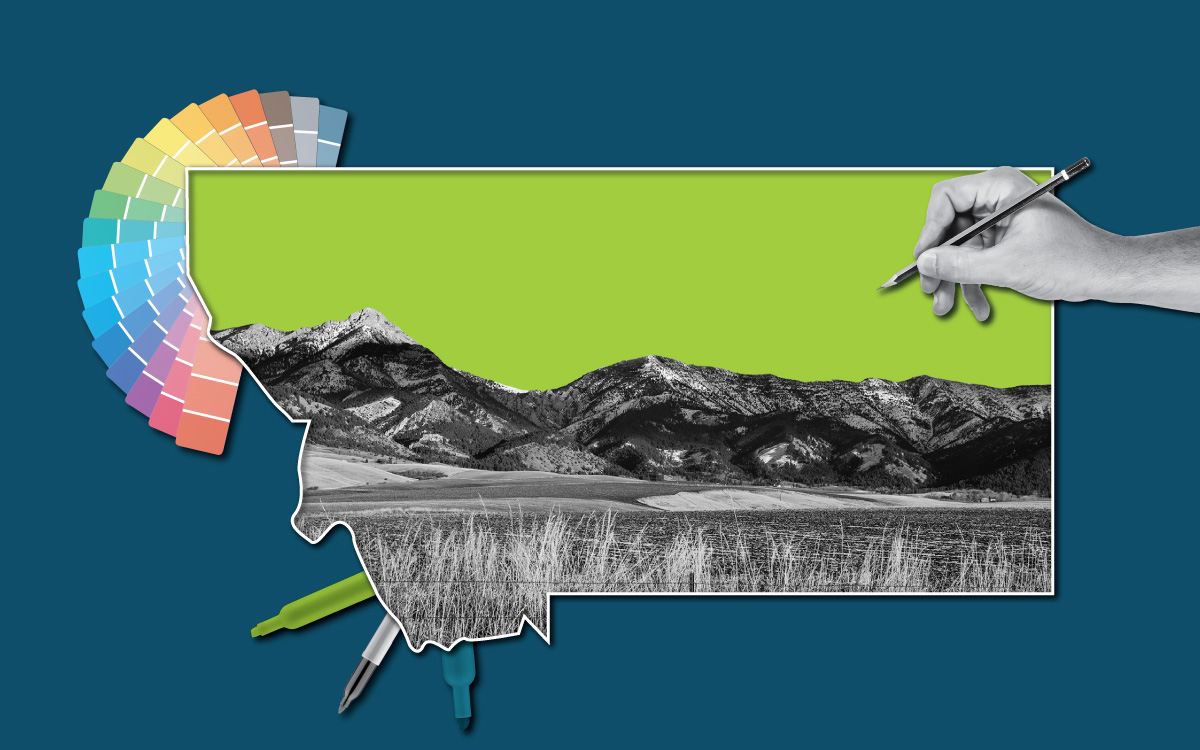
When it comes to destination marketing, your product is a place. You’re selling an experience – a place that offers people something different than what they might find in their everyday life. That experience is your brand.
Just like with any product or service, marketing your destination is more effective with an established, consistent brand. However, branding a destination comes with its own specific challenges, making it a bit different than branding other businesses. How do we define who our destination is for when it has something for everyone? What is the perception of our place on a local and global level, and how does that affect our brand? Can a city, state or region really have a personality? These are all challenges you’ll work through as you brand your destination.
By asking yourself at your stakeholders the right questions, you’ll be able to craft a brand for your destination that’s both true to the place and draws the visitors you’re looking for. Here are 4 key questions to ask yourself when branding a destination.
1. What Sets Your Destination Apart?
Thinking about what sets your destination apart from others is a great place to start. Why should people visit your destination over others? What is there to do, see or experience that people can’t find anywhere else. You know your place is special, but getting that across in an elegant and succinct way can be difficult. Start by defining your brand pillars.
Brand Pillars
Brand pillars are 3-4 main features or draws to your destination that you want people to associate with your brand. Some examples could be:
- Historic elements
- Natural beauty
- Nightlife
- Arts
- Outdoor activities
- Quirky attractions
- Theme parks
- Foodie scene
- Anything that draws people to your destination
From there, consider adding 3-5 supporting points for each pillar that get a bit more specific. For each pillar, it’ll look something like this:
Pillar 1: Arts
Supporting Points:
- Renowned art museums
- Eclectic galleries
- City murals and street art
- Interactive art classes
By defining your brand pillars and their supporting elements, you have a better understanding of what makes your destination so special. Plus, it helps inform the content you’ll create for your brand in the future.
Value Proposition
Now that you’ve defined what makes your destination unique, you can put together your value proposition. Generally, your value proposition explains the value that your destination brings. It describes a problem your destination solves for your audience and why they should choose your destination, highlighting the most important emotional and functional benefits they can gain from it. The hardest part? It’s ideally about 2-3 sentences long. This will take some work, heavy editing, and fine-tuning.
I like to start by writing an entire paragraph of what I want to say, and then work to narrow it down into something more eloquent and concise.
In the end, you should have more or less an elevator pitch for your destination. If you only had 30 seconds to describe why someone should visit, this is what you’d say.
2. Who Are Your Target Audiences?
Nearly as important as what you say about your brand is who you’re saying it to. At this point, you’re aware of the key features your destination has to offer, but depending on who your audience is, you’ll be more likely to highlight those different pillars and sides of your brand’s personality. Now’s the time to define your target audiences: the types of people you hope to attract to your destination. Our favorite way to do this is by creating personas.

Create Personas
Marketers usually call these “buyer personas,” but for the sake of destination marketing, we’ll call them visitor personas. Visitor personas are descriptions of the types of people you’re hoping to reach that represent larger segments of your audience. Create them by looking at your current visitors, as well as those who visit your website and interact with your social media accounts. The process of creating visitor personas helps you understand your audience, their interests, their goals, and the problems they face related to planning trips to destinations like yours. HubSpot has an interactive tool that can help you create them easily, and we’d recommend it as a good place to start.
Your audiences will influence many elements of your brand, like how you write, how you interact on social media and what your visual identity looks like. When you create anything for your brand, create with your audiences in mind.
3. What’s Your Brand Personality?
Now, we’re getting into the fun parts. This is where you get to imagine, “If your destination were a person, what would they be like?” Here are some prompts to help you better define your brand personality.
- When people interact with our brand, how do we want them to feel?
- What adjectives would we use to describe our brand?
- Who do we NOT want to be/what do we want to avoid?
- How do we want to be perceived?
There are many exercises available on the internet to help you better understand your brand personality, and we highly recommend checking them out with a quick Google search to find those that are most helpful to you.

4. What Does Your Brand Look Like?
The next step, and one of the most important steps, to branding a destination is creating a visual identity. Your brand’s visual identity goes beyond your destination’s logo – it’s your font types, your color palette, your composition, as well as the additional graphics and photography you use.
Your visual identity is the final step because it should be inspired by everything you learned about your brand through the above exercises. Those adjectives you said describe your brand? Those should be seen in your logo as well. Your brand pillars? One or more of those may be incorporated into a brand mark, or inspire your color palette. Every visual element you select should reflect the brand as you just defined it.
This is the highly creative part, and every designer’s process will be different. At PRIME, we like to start by strictly looking at fonts that reflect the qualities of a brand and move forward from there.
Work With PRIME to Brand Your Destination
Branding a destination can be a long and involved process, but it’s one of the most important things you can do for marketing success. If you don’t have resources or expertise to take on a branding project like this in your organization, consider working with an experienced partner that specializes in tourism and destination marketing, like PRIME. Want to learn more about what we do? Let’s talk.
If you enjoyed this edition of PRIME Pulse, take a look at some of our other related articles:
- Why Blogging is Key to Destination Marketing
- 5 Reasons Your Website is Never Really Done
- 9 Types of Paid Advertising to Use for Destination Marketing
- The Six Essential Elements of a Brand



